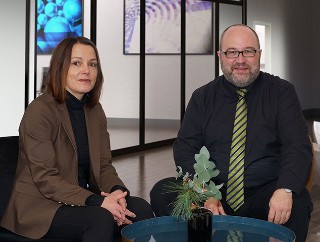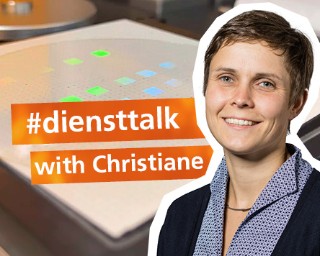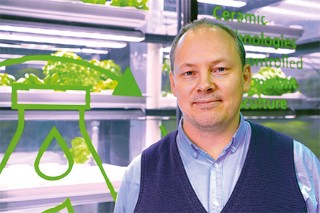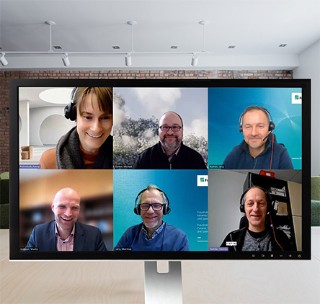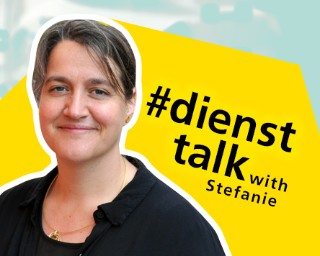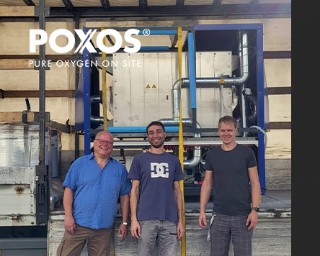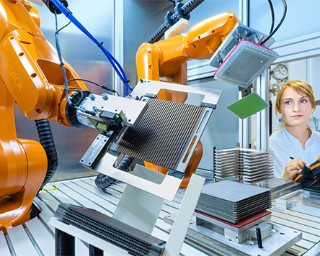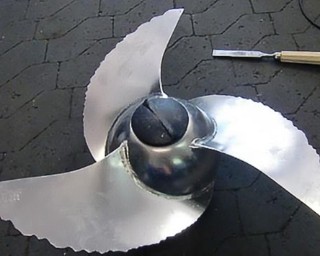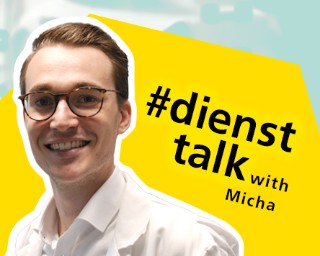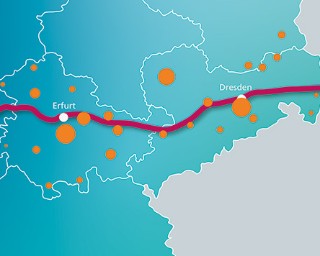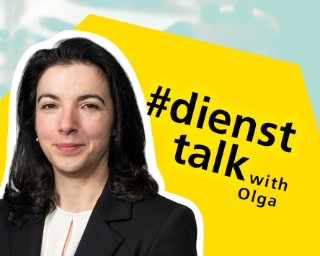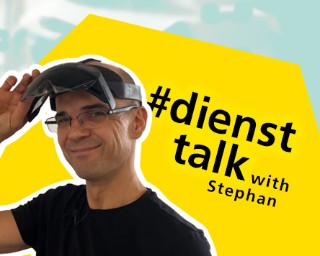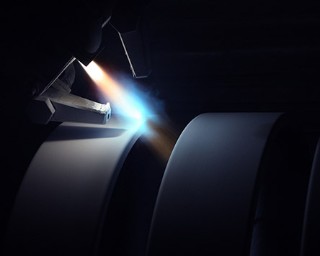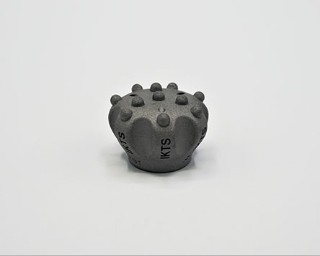Almost everyone has one: individually printed coffee cups. In the graphics sector, screen printing on round surfaces is firmly established, but in the electronics sector, it has so far only been a niche application. However, tubular screen printing and other new printing technologies, such as dispense jetting, promise significant increases in efficiency. Using optimally coordinated printing processes, thick-film pastes and ceramic substrates, researchers at Fraunhofer IKTS are printing highly efficient miniaturized heaters and sensors onto tubes and 3D-printed components, thus enabling completely new product possibilities for a wide range of applications. In doing so, IKTS is open to companies that want to use these technologies to significantly expand the functionality of their own products.
more info
